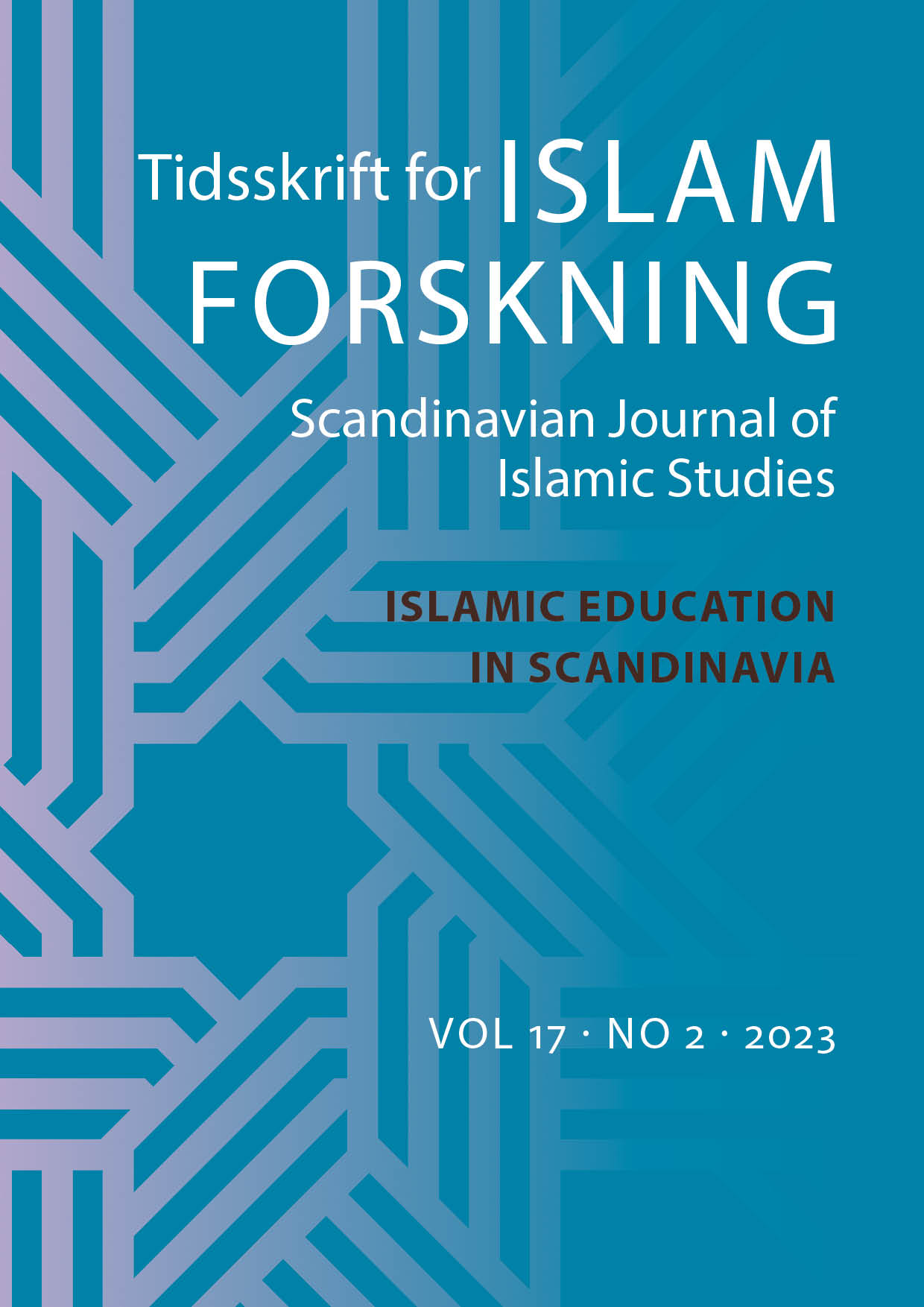Teaching about the Qur’ān in public schools in Norway
DOI:
https://doi.org/10.7146/tifo.v17i2.142372Keywords:
The Qur'ān, RE-teachers, Qur'ān recitation, James Watts, public schools, Norway, KRLEAbstract
This article discusses what teachers in Norwegian public schools have to say about teaching their pupils about the Qur’ān. Exploring what teachers find important or challenging is relevant to what both Muslim and non-Muslim pupils learn about the Qur’ān, since religious education (RE) in Norway is non-confessional and compulsory. The empirical material consists of four semi-structured interviews with RE teachers. Following James Watts’ model (2013, 2019), which suggests that religious scripture is ritualized along three dimensions, this study finds that the interviewed teachers emphasize working with content and meaning (the semantic dimension) rather than recitation (the expressive dimension) or any special treatment (the iconic dimension) of the Qur’ān. Another finding is that the teachers are reluctant to address Qur’ān recitations in their classes. The article examines this uncertainty in relation to the teachers’ perceptions of what pupils should learn about religious scriptures in general, pedagogical considerations about how to teach RE, and overarching RE-specific aims and concerns in relation to debates about Muslims and Islam in Norwegian society.
Downloads
Published
How to Cite
Issue
Section
License
Copyright (c) 2023 Scandinavian Journal of Islamic Studies

This work is licensed under a Creative Commons Attribution-NonCommercial-ShareAlike 4.0 International License.
Scandinavian Journal of Islamic Studies publish under creative commons license BY-NC-SA.





